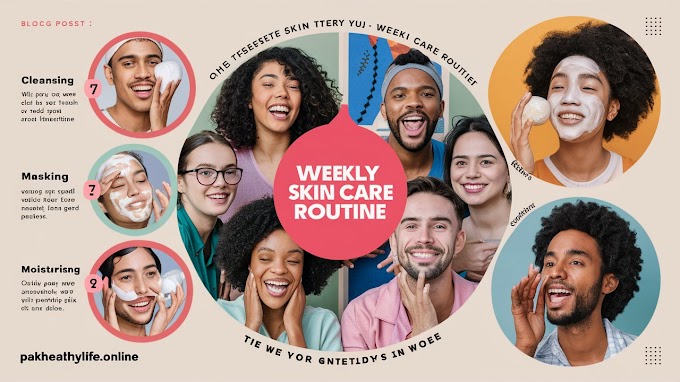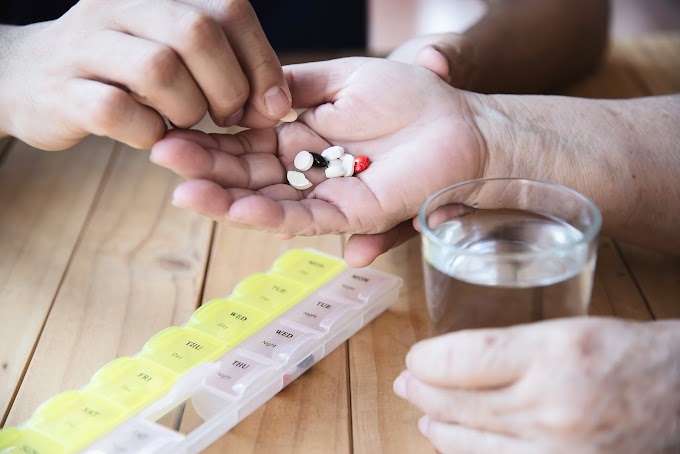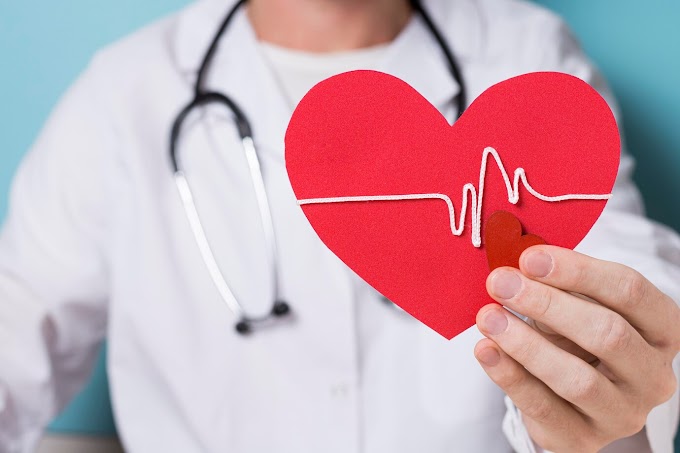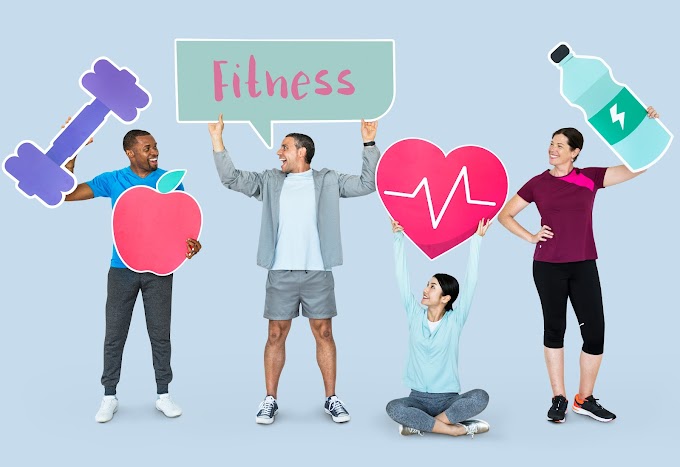introduction:
.jpg)
That You Are Becoming A Diabetic Diabetes is a disease that occurs where there is too much sugar in your blood. This can cause damage to your heart, arteries, brain and other internal organs. In this post I'm going to highlight 14 early signs that you may be on your way to becoming a diabetic.
Afterwards I'll also share 7 simple lifestyle tips you can use to help prevent diabetes if you have any of these symptoms. So let's dive right in Just my usual reminder, this post is for educational purposes only so do speak to your doctor if you have any medical concerns.
1. Dark Skin Patches:
1. Dark Patches Of Skin One of the most common signs of prediabetes is dark patches of skin. You may notice darkened areas of velvety or leathery skin on the folds of your body, such as the armpits, neck and groin. These patches happen when there is too much insulin and sugar in your blood, which causes the skin cells to reproduce rapidly.
2. Brain Fog:
2. Brain Fog The second sign is brain fog. If there is too much sugar in your blood, it damages the small blood vessels in your brain. This causes you to lose concentration and focus. This can also affect your memory and you may begin to forget simple things like where you put your keys etc. .
3. Cravings:
3. Sweet Cravings the next sign of prediabetes or insulin resistance is cravings for sweet foods after a meal. When your blood sugars aren't being controlled properly, you will often crave a sweet or sugary snack after a meal. This happens because your cells aren't accepting sugar normally, which causes you to crave more sugar for an energy boost.
4. Tiredness After Meals:
4. Tired After Meals number 4 is tiredness after eating a meal. Often referred to as "food coma", you may feel sleepy after eating a meal. This is why elderly people often need to take a nap after eating, because the sugar in their blood isn't feeding the cells properly due to insulin resistance.
5. Skin Irritation:
5. Boils & Skin Abscesses Another sign of prediabetes is abscesses and boils on the skin. Having lots of sugar in your blood weakens your immune system. This leaves your skin prone to bacterial and viral infections, which trigger boils and abscesses on the skin, and sometimes styes on the inside of the eyelid.
6. Belly Fat:
6. Belly Fat the 6th early sign of diabetes is belly fat. When you have high amounts of sugar in your blood for long periods of time, your body converts it into fat, to preserve energy for the future. This causes weight gain around the belly area. It also causes your liver to become clogged up with fat and causes fatty liver disease (NAFLD). If you’re finding this information useful, please tap the like, subscribe and turn all notifications on. This helps me to reach more people with this important information.
7. Skin Tags:
7.Skin Tags Number 7 is skin tags. When you have high blood sugars, your body releases more insulin, a hormone that is supposed to remove sugar from your blood. The problem is that insulin is anabolic, meaning it causes things to grow, such as skin tags on different parts of the body.
8. Itchy Skin:
8. Itchy Skin The 8th sign on my list is itchy skin A common issue for diabetics and prediabetics is dry, itchy patches of skin. The extra sugar and insulin in your blood, damages the blood vessels. This blocks the normal flow of nutrients to the skin. High sugars also depletes Vitamin B3, one of the most important skin vitamins.
9. Slow Healing:
9. Slow Wound Healing You may also notice that it takes longer to heal with sign number 9. By damaging your blood vessels, the high sugar in the blood causes poor circulation. So it can take longer for a minor cut, bruise or wound to heal properly. This gets progressively worse as you become a diabetic, and has often caused diabetic patients to lose a toe or a foot for example.
10. Nocturia:
10. Urination At Night Number 10, urination at night. Another early diabetes symptom is the need to urinate more than once throughout the night. The extra blood sugar (glucose) causes your body to hold more fluid. Your kidneys have to work overtime to filter the extra sugar in your blood, causing you to pee more frequently. This then makes you constantly thirsty, causing a vicious cycle.
11. Mood Swings:
11. Mood Swings Next up is mood swings. When you haven't eaten for a few hours, you may start to feel anxious, angry or irritable. This is a sign that your blood sugars aren't being controlled properly, so your brain isn't getting enough fuel. After eating a meal with carbohydrates you may feel better again. This is a classic early sign of insulin resistance and prediabetes.
12. Neuropathy:
Tingling & Numbness Another important sign to watch out for is tingling, or numbness in the feet or hands. If you feel a tingling, burning, stabbing or shooting pain in your feet, toes or hands then you likely have neuropathy. This is a type of nerve damage, often caused by high blood sugars. This worsens after developing type 2 diabetes.
13. Blurred Vision:
13. Blurred Vision 12. Blurred Vision In the early stages of becoming a diabetic, your vision may become blurry at times when blood sugars are high. You may find it easy to lose focus on what you are looking at. The high sugar is causing the lenses of your eyes to swell with fluid, which is distorting
14. High BP:
14. High Blood Pressure The final symptom I want to mention is high blood pressure If you get your blood pressure checked and it's higher than the normal range, this can also be an early sign of diabetes due to insulin resistance. The blood vessels and arteries become stiff due to the high level of sugar/insulin.
Preventing Diabetes:
How Can I Prevent Diabetes (7 Steps) If you experience some of the symptoms I just mentioned, you will want to know what steps can be taken to start healing this problem, in order to prevent it worsening into diabetes and the need for medication.
1. Cut out refined carbohydrates, sugars, flour and grain based foods from your diet, Such as bread, biscuits, crackers, pastries, cereals, soda drinks and fruit juices. Refined carb foods are the main cause for insulin resistance and diabetes. Replace these with healthy fats to keep your hunger levels down, such as avocados, extra virgin olive oil, and pasture raised eggs. You can also consume nutritional yeast to supply B vitamins which reduce cravings and nerve damage.
2. Get the right nutrients into your diet such as soluble fiber, potassium, magnesium and omega 3-s, Along with chromium, Vitamin D3 and ALA (Alpha lipoic acid). These help insulin and glucose become more sensitive in the body, in order to prevent diabetes. Watch my"12 Vitamins For Diabetes" video to learn more.
3. Get regular exercise - taking long walks in nature for 30 minutes per day helps to burn through excess sugar in your blood and balance your hormones.
4. Load up on anti-diabetic herbs and spices such as cinnamon, garlic, turmeric, ginger, gymnema and berberine. These natural medicines all help your pancreas to make insulin and improve the movement of sugar fuel into your cells. Drinking matcha green tea can also help your insulin in controlling blood sugar levels.
- It’s vital that you stop snacking between meals if you want to prevent your symptoms from developing into type 2 diabetes. Try intermittent fasting, where you fast and eat all of your calories in a shorter window of time. This helps to normalise insulin hormone levels and improves blood sugar control. If you find it hard not to snack between meals, try taking a teaspoon of MCT oil at the end of your first meal. This is made from coconuts and keeps you feeling full for longer, by providing an alternative fuel source to your cells called ketones instead of glucose (sugar).
- Manage your stress levels and get at least 7-9 hours of sleep per night. This helps reset the various systems of the body to control your hormones and keep your blood sugars under control.
- Eat lots of organic cruciferous vegetables such as kale, collard greens, broccoli, brussels sprouts, cabbage and cauliflower. These are loaded with two key minerals which help to reverse insulin resistance and regulate your blood sugars. The fibre in vegetables also helps to stabilise your blood sugars. Following these steps can improve insulin sensitivity, making your cells function properly, and reduce the risk of developing diabetes, cardiovascular disease and many other health problems.
To learn more about overcoming diabetes, go ahead and tap on this post playlist on the screen now. Thank you so much for Reading, I wish you great health, wealth and happiness.

.jpg)

.jpg)
.jpg)
.jpg)


.jpg)



